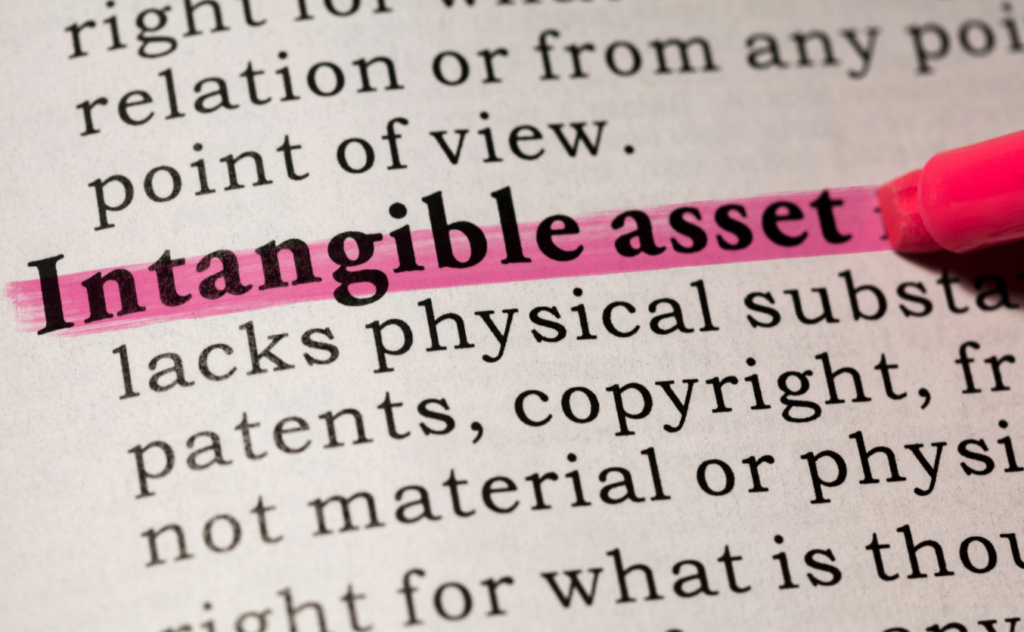Founders have always sought out financing to bring their visions to fruition. To do so, lenders have traditionally required collateral, or assets to secure a loan. Historically, these assets had been tangible – physical and measurable – including cash, inventory, or property. With the rise of technology companies beginning in the 1990’s, however, businesses look less and less “traditional,” with intangible assets overtaking tangible assets in both quantity and value.
In 1975, 83% of the market capitalization of companies on the S&P 500 was from tangible assets and only 17% from intangible assets, represented by companies like IBM, GE, and 3M. In 2020 that metric has flipped, with 90% of the market capitalization of these companies, like Apple, Microsoft, and Amazon, coming from intangible assets. Despite this dramatic shift, lenders still rarely ascribe value to intangible assets and lend primarily based on a company’s tangible asset base. While intangible assets are more challenging to value, this lending methodology does not work for most high-growth technology companies where the bulk of the value is in the company’s intangible assets.
As growing technology companies increasingly look to non-dilutive funding options, it’s important to understand the types of intangible assets a company has in order to determine the best lender for the business.
Types of Intangible Assets
Data rights are categorized as either “technical data,” which refers to any recorded information of a technical or scientific nature, or “computer software,” which can include code, design, processes, or related material.
Brand can be a company’s most visible, yet intangible, asset and can include a brand name, logo, and other affiliations. Brand equity is often slower to build over time, though there are certainly exceptions.
Public Rights belong to citizens but are maintained by a governmental authority. An example of this could be drilling rights, which provide exclusive access to drill for oil, gas, or other resource in a particular location.
Relationships are connections that exist between entities doing business together and could refer to a company’s customers, partners, employees, or associates.
Intellectual Property is a broad term for a set of intangible assets that are owned and legally protected by a business or individual. Intellectual property is perhaps the most prevalent type of intangible asset in technology companies and within that subcategory exists four key subgroups, or types of IP.
- Patents – A patent is an exclusive right to manufacture, use, or sell an invention for a specific period of time.
- Copyrights – Similar to a patent, a copyright provides its owner with the exclusive right to copy and distribute a creative work, such as software code.
- Trademark – A trademark is any distinguishing word, symbol, design, or expression that identifies and distinguishes a business, organization, individual, or other entity. One example of trademark could be a brand logo.
- Trade Secrets – These are the most difficult to quantify because, by their very nature they are confidential, while the other types of intellectual property are public information. These might include formulas, processes, practices, designs, or compilations of information, and they are integral to the business.
The strength of a company – and its potential future success – can’t be boiled down to just one or two of these assets. Rather, it’s important to look at all the company’s assets and how they work together, to create successful business. Most traditional lenders focus primarily on tangible assets, and while there are alternative lenders that focus on intellectual property or other intangible assets, they often have a narrow lens and look to only patents or ARR/ MRR when determining lending ability, for example. At PIUS, we find value by looking at a technology company as a whole, rather than just the sum of some parts.

